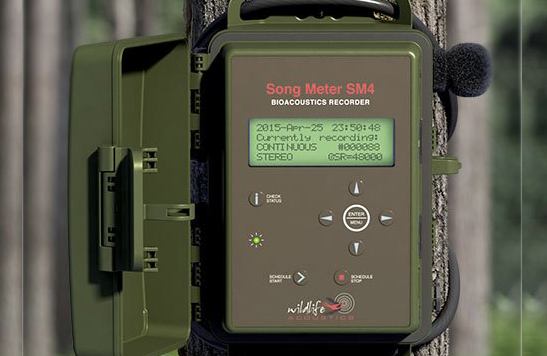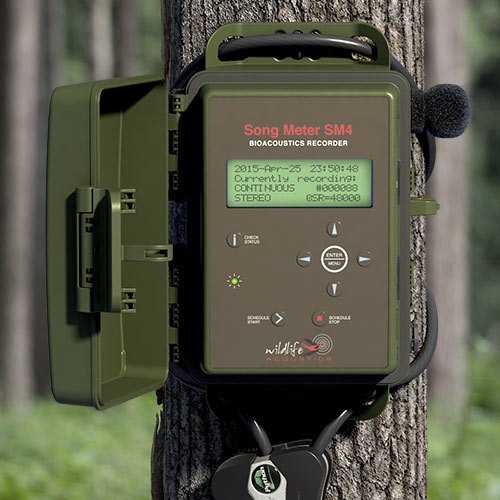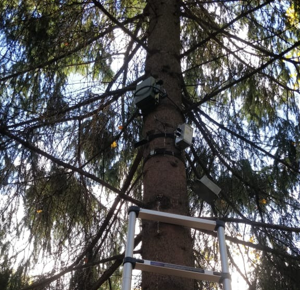Soundscape ecology
Description
Soundscape ecology, an emergent field of investigation was recently proposed as a new ecological tool applicable to monitoring animal community dynamics, measuring the level of biodiversity, and managing the sources of anthropogenic noises. The soundscape can be defined as every sound produced by any abiotic and biological component of an ecosystem (geophonies and biophonies, respectively) together with anthropogenic sounds (Anthrophonies). The sounds of a landscape are the acoustic context produced and, in turn, perceived in different ways by both animals and humans. In particular, the quality of a soundscape represents an important component among the factors that contribute to creating and preserving the individual and the social wellbeing of resident people.
The passive recording of environmental sounds is a technique that collects a large amount of data with minimal human intrusion, requiring the simultaneous deployment of numerous microphones in arrays or transects to achieve adequate representation of sound sources and to collect statistically relevant data. With the ability to store terabytes of data and record in the field for months at a time, the Song Meter SM4 gives scientists a flexible tool for conducting species inventory, presence/absence surveys, endangered species detection and habitat health monitoring. The data collected can be analyzed by expert systems at a later time, thus reducing the amount of effort and uncertainty found in field aural identification and signal quantification. We use Zoom H4 (Zoom Inc.) and Song Meter SM4 (Wildlife Acoustic ™), which are approved by professionals for soundscape studies both in natural and urban systems.




